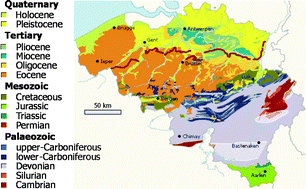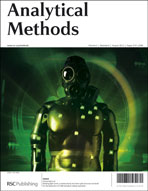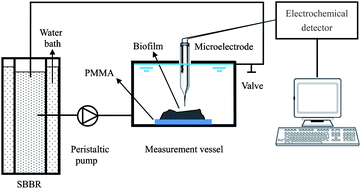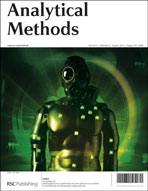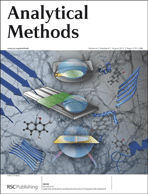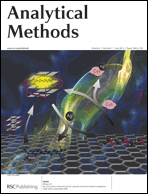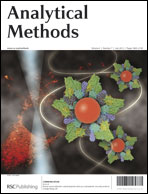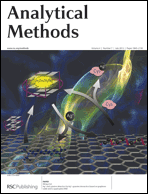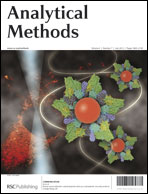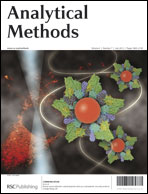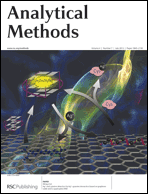
Professor Jeremy Nicholson of Imperial College, London, will be Director of the MRC-NIHR Phenome Centre
A pioneering new research centre set to emerge from the London 2012 anti-doping facilities could help revolutionise healthcare. The London 2012 anti-doping facilities will be developed after the Olympic and Paralympic Games into a world-class resource that could help revolutionise healthcare. The MRC-NIHR Phenome Centre will use the cutting edge facilities developed for London 2012 to help develop better and more targeted treatment for patients.
A phenome describes a person’s chemistry – all the molecules in their blood, urine or tissues – that are the result of their genetics and their lifestyle. Researchers at the Centre will investigate the phenome patterns of patients and volunteers by analysing samples very rapidly and on an unprecedented scale.
Professor Jeremy Nicholson of Imperial College, London, will be the Centre’s research director and principal investigator. He said: “We are delighted to receive this major award from the MRC and NIHR to create the world’s first comprehensive metabolic phenotyping centre. Generous contributions from the Waters Corporation and Bruker will also allow us to develop the next generation analytical screening technologies – which will be good news for analytical science in the UK as well as for basic medical research.”
Read the full press release from the RSC here, including comments from our Director of Science and Education, Professor Jim Iley, and Alan Handley, from the RSC’s Analytical Division. Also take a look at the official statement from the Medical Research Council (MRC), and a news story in Chemistry World.
We’re certainly very excited to see the new developments that will come from this new venture, and will be watching closely. For the time being, here’s some of Jeremy Nicholson’s recent work in the area of metabolite analysis:
Quantitative UPLC-MS/MS analysis of the gut microbial co-metabolites phenylacetylglutamine, 4-cresyl sulphate and hippurate in human urine: INTERMAP Study
Anisha Wijeyesekera, Philip A. Clarke, Magda Bictash, Ian J. Brown, Mark Fidock, Thomas Ryckmans, Ivan K. S. Yap, Queenie Chan, Jeremiah Stamler, Paul Elliott, Elaine Holmes and Jeremy K. Nicholson
Anal. Methods, 2012,4, 65-72
DOI: 10.1039/C1AY05427A
A metabolic system-wide characterisation of the pig: a model for human physiology
Claire A. Merrifield, Marie Lewis, Sandrine P. Claus, Olaf P. Beckonert, Marc-Emmanuel Dumas, Swantje Duncker, Sunil Kochhar, Serge Rezzi, John C. Lindon, Mick Bailey, Elaine Holmes and Jeremy K. Nicholson
Mol. BioSyst., 2011,7, 2577-2588
DOI: 10.1039/C1MB05023K
Comments Off on Phenomenal legacy for London 2012
